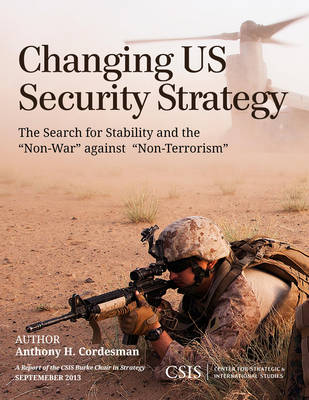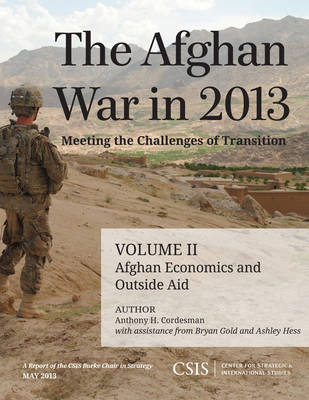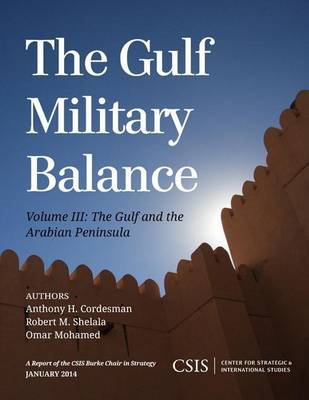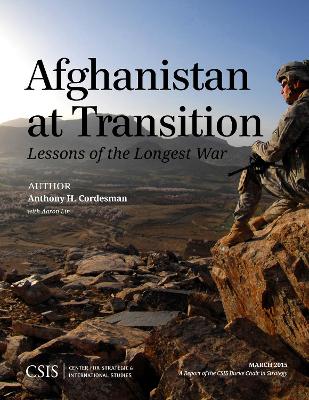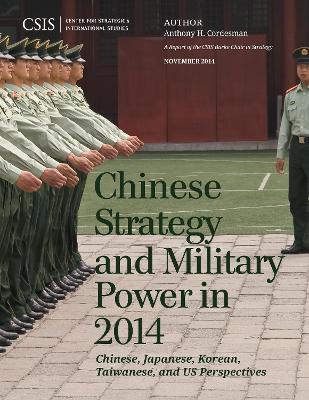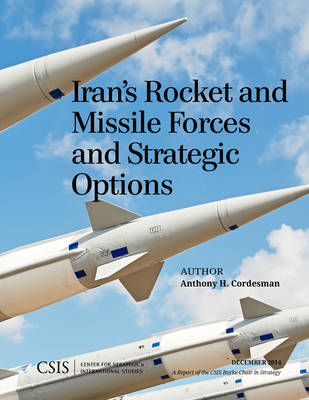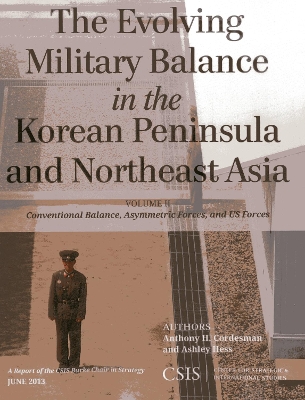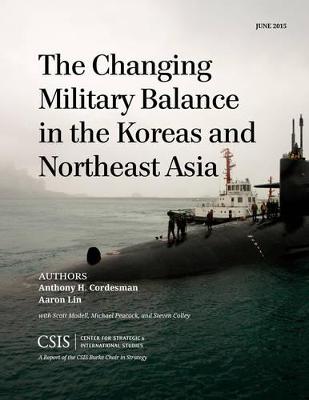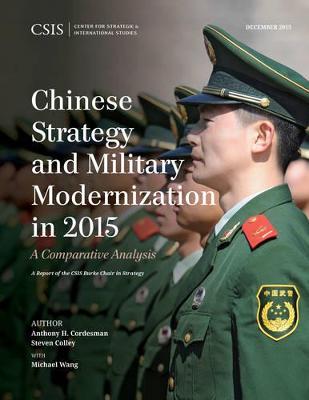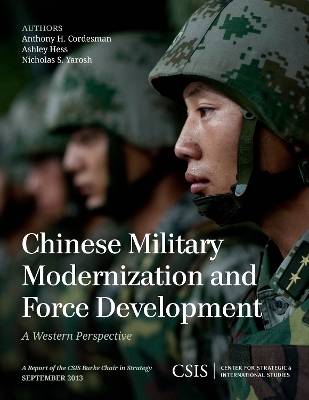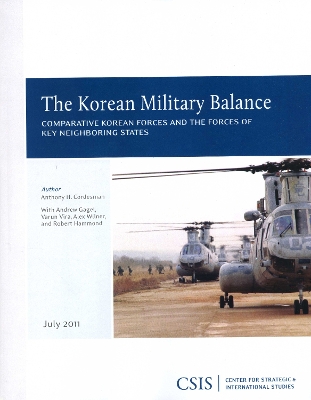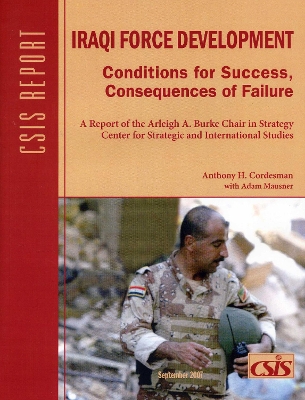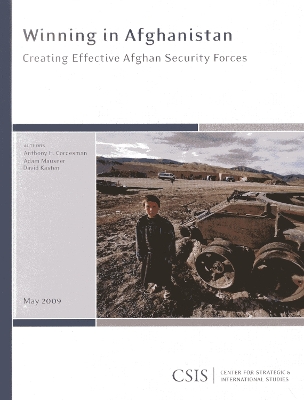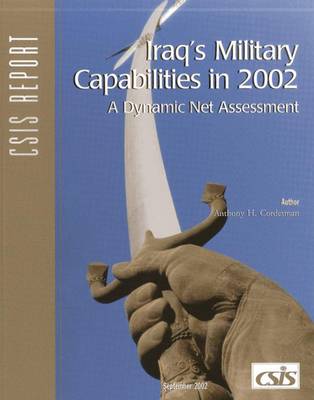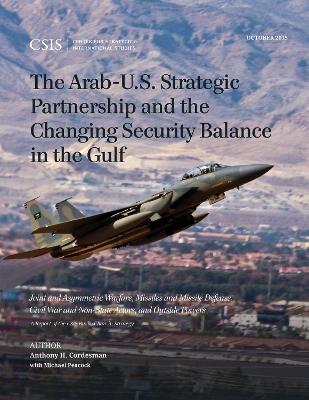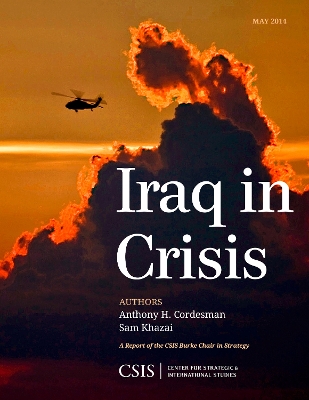CSIS Reports
21 total works
The Afghan War in 2013: Meeting the Challenges of Transition
by Anthony H. Cordesman, Bryan Gold, and Ashley Hess
Gulf Military Balance
by Anthony H. Cordesman, Robert M Shelala, and Omar Mohamed, Sidi
Iran's Rocket and Missile Forces and Strategic Options
by Anthony H. Cordesman
The Evolving Military Balance in the Korean Peninsula and Northeast Asia
by Anthony H. Cordesman and Ashley Hess
The Changing Military Balance in the Koreas and Northeast Asia
by Anthony H. Cordesman and Aaron Lin
Chinese Strategy and Military Modernization in 2015
by Anthony H. Cordesman and Steven Colley
Chinese Military Modernization and Force Development
by Anthony H. Cordesman, Ashley Hess, and Nicholas S. Yarosh
The Arab-U.S. Strategic Partnership and the Changing Security Balance in the Gulf
by Anthony H. Cordesman
